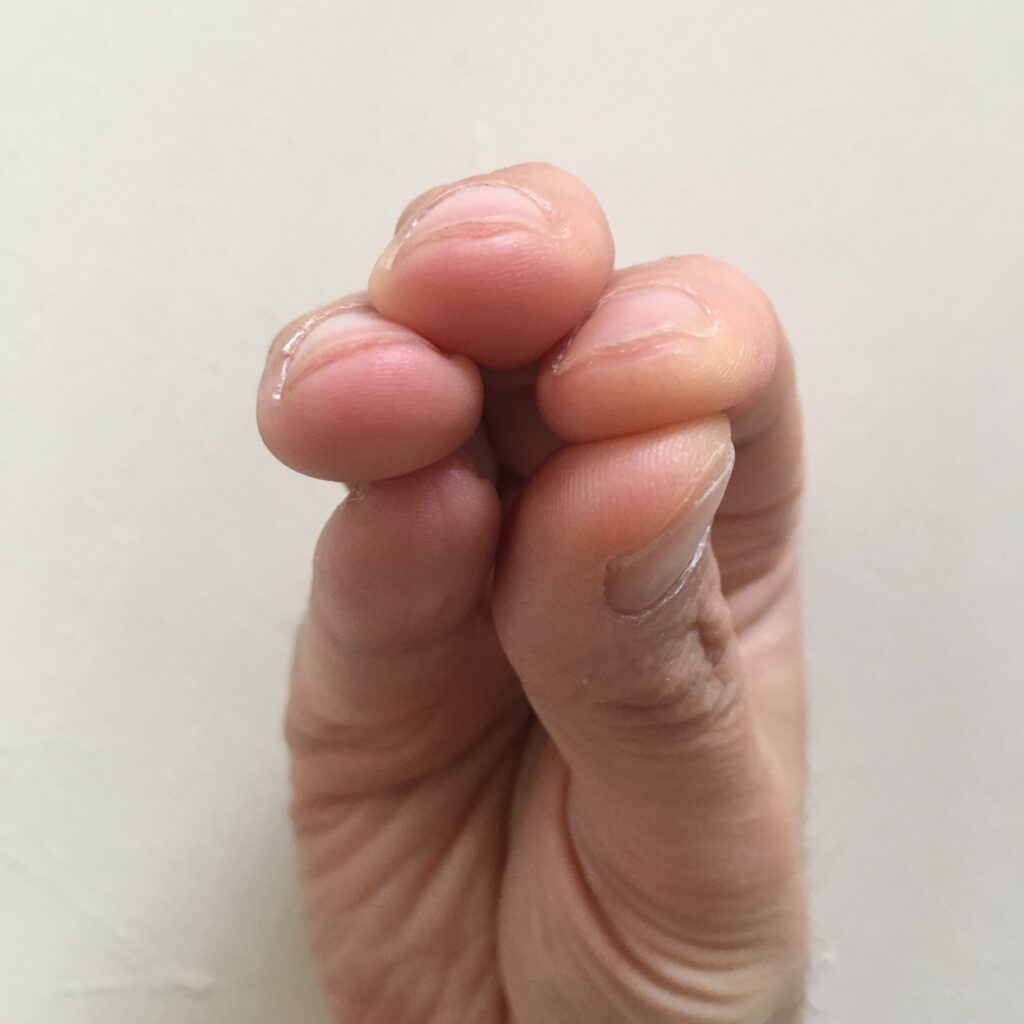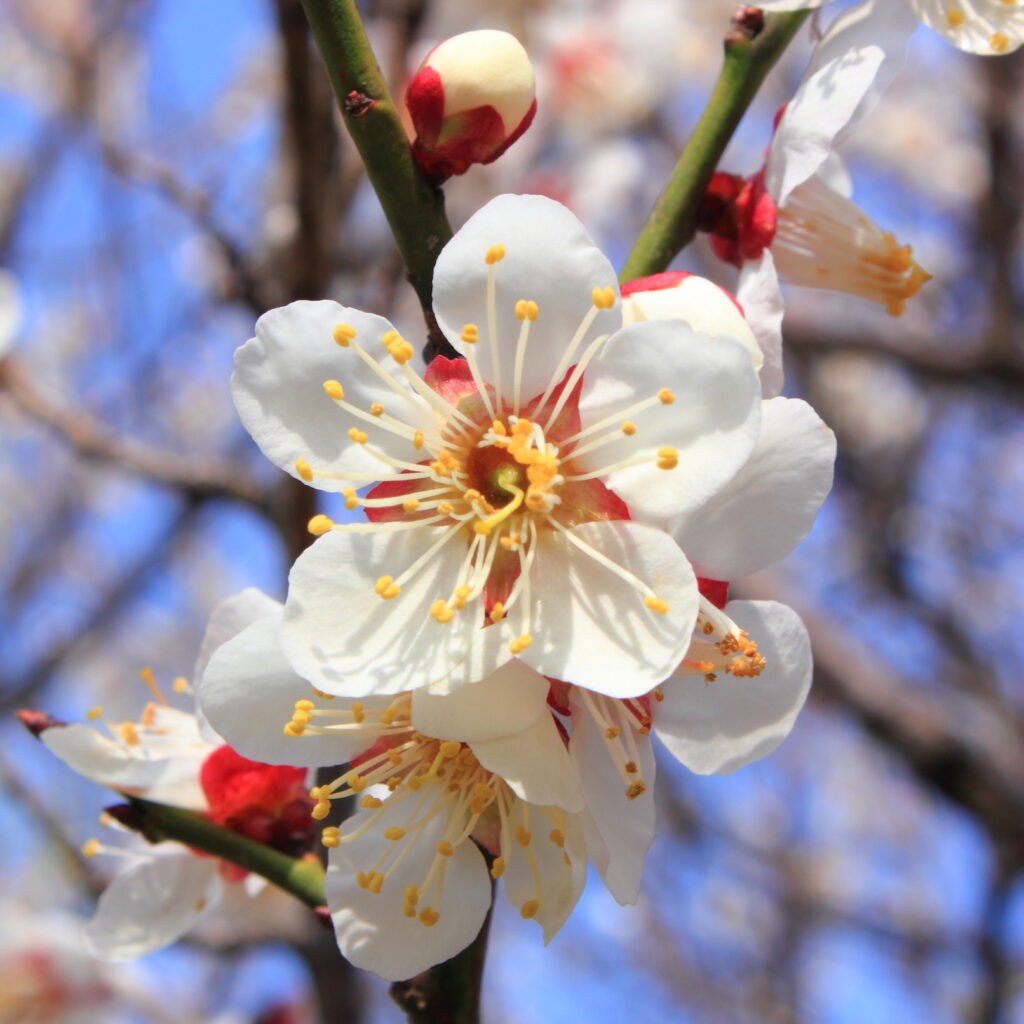 Liang Tzu-peng (梁子鵬, (1900-1974) was one of the most important teachers of Chinese martial arts of the 20th century. He started learning martial arts as a boy as his father thought they would strengthen his body and spirit, and lay the foundations for a successful life. Born in the southern province of Canton (Guangdong), he moved north to Shanghai as a young man, starting work as a clerk in a western company. Here he joined the Jing Wu martial arts association, one of the first public martial arts institutes in China (immortalised in the Bruce Lee film “Fist of Fury”). All the best teachers were invited to teach here and Liang trained particularly hard in Eagle Claw kung fu which was taught by the “King of Eagle”, Chen Zi-zheng. Liang is said to have studied at least 30 styles of hard boxing as well as a myriad of Shaolin weapons forms, all to a high level, to the point where he could learn new styles just by looking at them.
Liang Tzu-peng (梁子鵬, (1900-1974) was one of the most important teachers of Chinese martial arts of the 20th century. He started learning martial arts as a boy as his father thought they would strengthen his body and spirit, and lay the foundations for a successful life. Born in the southern province of Canton (Guangdong), he moved north to Shanghai as a young man, starting work as a clerk in a western company. Here he joined the Jing Wu martial arts association, one of the first public martial arts institutes in China (immortalised in the Bruce Lee film “Fist of Fury”). All the best teachers were invited to teach here and Liang trained particularly hard in Eagle Claw kung fu which was taught by the “King of Eagle”, Chen Zi-zheng. Liang is said to have studied at least 30 styles of hard boxing as well as a myriad of Shaolin weapons forms, all to a high level, to the point where he could learn new styles just by looking at them.
Over time, Liang’s interest slowly shifted to internal styles. Liang heard about 尤彭熙 (1902-1981), a man with a deep knowledge of tai-ji, ba-gua, and xing-yi, who had also studied Yi-quan from its founder Wáng Xiangzhai. Unable to obtain an introduction, Liang went to visit You, challenging him arrogantly. You invited Liang to grasp his wrist – the favourite technique of Eagle Claw practitioners – but Liang was unable to do so. Admitting defeat, Liang became You’s student, but after so many years of studying hard styles he found the standing training (Zhan Zhuang) uninspiring. Later he became addicted to it. Years later, Liang later told Mr Moy that he regretted having spent so much time studying hard styles as a young man.
As a youth Liang had looked down on Tai-ji but after he began training with You he began to see it in a different light. Liang studied Tai-ji from fellow martial artists, without having a formal teacher. He preferred yang style, which is what he later taught to Mr Moy.
In Shanghai Liang studied (Lok Hup) under Wu Yi-hui 吳翼翬. Wu nicknamed Liang “The lark” 百靈鳥 because of his lightness skills: Liang could jump a foot higher than his own height. Liang studied with him only a short time, leading to allegations that he learnt only the first half of the set from Wu and “made up” the second half, but it seems Liang told Mr Moy that Wu required people to adapt the second half of the set according to their knowledge of other styles (this statement should not be interpreted as a license to interpret Lok-hup in whichever way one wishes).
Liang was of course extremely fit. There are many stories about that, but the most significant is a sad one: a fire broke out in their building. The family apartment was on the upper floor. Liang absailed down the outside of the building carrying his wife, climbed back up, then rescued his daughter in the same way. Only at this moment did he remember their second, infant daughter, but it was now impossible to re-enter the building, and she perished. This incident greatly increased Liang’s renown locally.
In 1946, seeing the situation on the Chinese mainland deteriorating under the communists, Liang decided to move to Hong Kong which was still a British colony and where his employer (Oriental Yarns) had just opened a new branch. You Peng-xi, being a famous medical doctor, was not permitted to go with him but told him: You have to make my Yi-quan famous. In Hong Kong Liang did not join the Jing-wu but taught Lok Hup and Yi-quan at home in the evenings, and in the parks. Two of his students were Sun Di (孫秩 ) and Moy Lin-shin (梅連羨), who were martial-arts brothers. Sun Dit participated in the open fight competitions where he became known as “Sun the Unbeatable”, a testament to the martial efficacy of Liang’s teachings. Another famous student is C.S. Tang who still lives and teaches in Hong Kong.
In Hong Kong Liang taught for free because he had a job. He asked his students to call him Mister Liang rather than Shīfu (師傅 (master)) because he wanted to change the relationship between master and student. As it turns out, Liang inherited this practice from his Yiquan teacher, who had insisted that his students called him “Mr Yau” (cantonese). Mr Moy continued the practice, telling us: “No more masters”.
Finally, it’s not quite true that Bruce Lee was a student of Mr. Liang, although he did come to some classes. Lee’s father was studying Taiji under Mr Liang and when his son came to Hong Kong he introduced him to Liang. Lee attended some classes and listened intently to what Mr Liang had to say, but Liang would not accept him as a student because Lee would not change his path from external to internal arts. Nevertheless, it’s clear that Liang’s teachings greatly influenced Bruce Lee’s Jeet Kune-do. “Empty your mind, be formless, shapeless – like water” is an expression of the core teaching of Yiquan which has no fixed forms, and the water metaphor a direct link to Lok Hup which is sometimes called Water Boxing in China.
What did Liang teach?
In Hong Kong Liang taught Lok Hup Ba Fa (六合八法) and Yi-quan. His main training methods were the “Three Treasures of Southern Yiquan” (南派意拳): the standing postures (Zhan zhuang) (站樁 – Stand like a Stake), the don-yu (蹲腰), and the tor-yu (拖腰), which includes Push Hands ( 推手).
References
Most of the information in this article is contained in the book The Complete Book of Yiquan by C.S. Tang (2015). This contains lots of information about the standing postures of Yi-quan (with photographs) which I have never seen elsewhere.
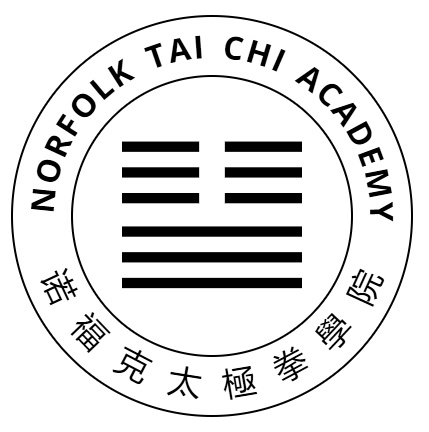



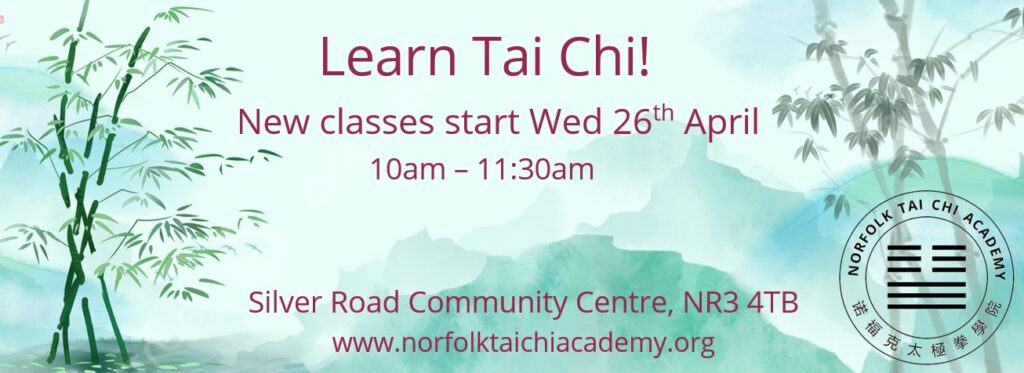



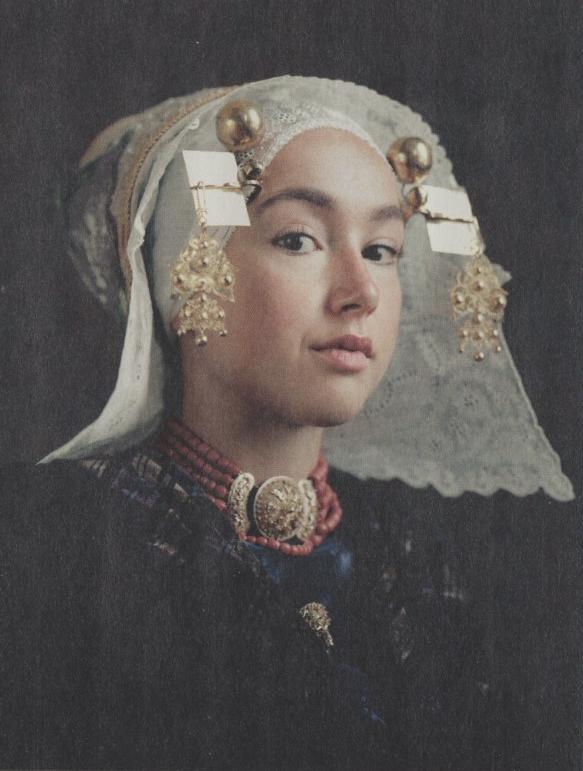

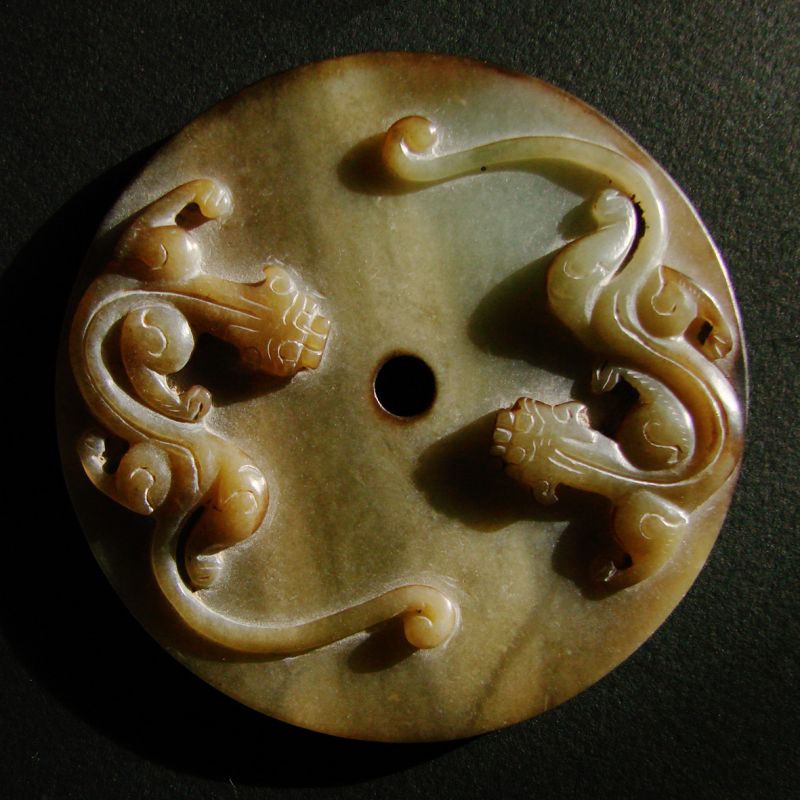 The movement
The movement 


